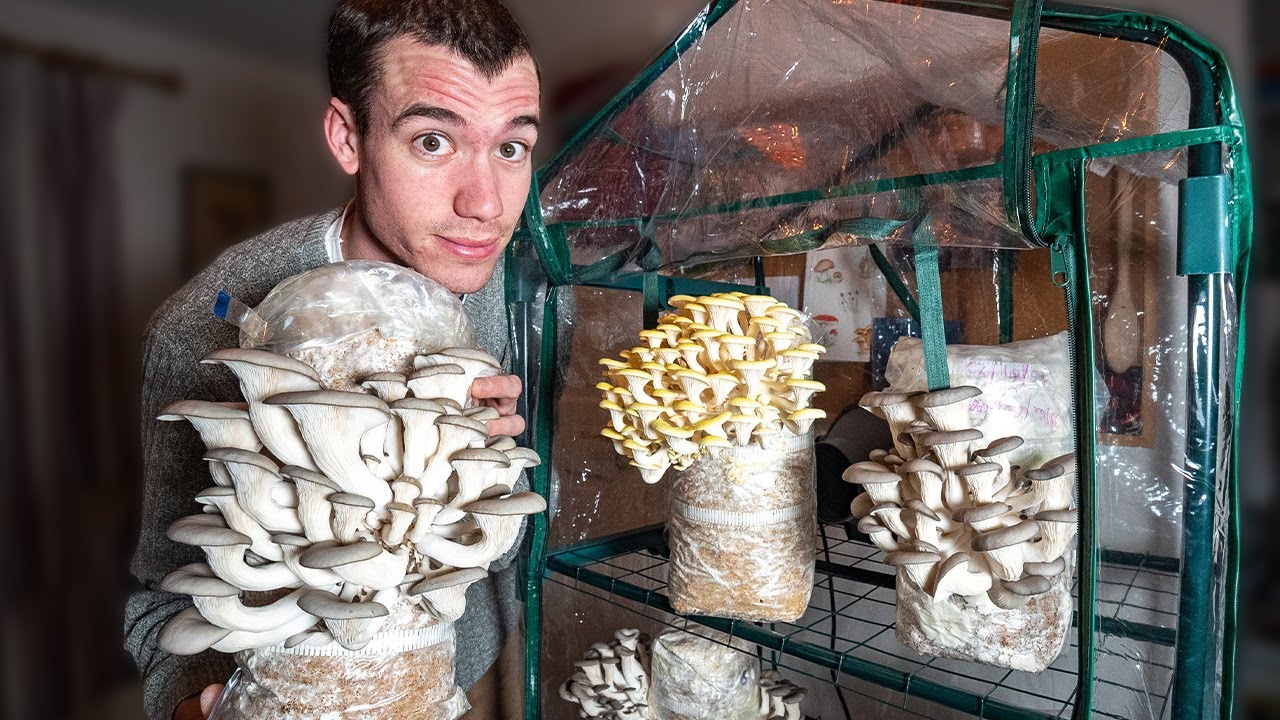Embarking on the journey of mushroom cultivation at home is both a rewarding and intriguing endeavor. With the right guidance, anyone can transform their living space into a haven for these fabulous fungi. This beginner-friendly guide is designed to help you understand the essentials and enjoy the process of growing your very own mushrooms.
Whether you’re looking to enhance your culinary palette, delve into the health benefits, or simply engage in a new hobby, how to grow mushrooms: our expert guide to making fabulous fungi will lead you through the necessary steps to achieve a successful mushroom harvest.
What are the basic requirements for growing mushrooms?
Mushrooms have unique needs that differ significantly from plants. Understanding these basics is the first step in our expert guide on how to grow mushrooms. They require a substrate, which acts as a food source, appropriate humidity levels, and correct temperature to thrive. Additionally, unlike plants, mushrooms do not rely on sunlight for photosynthesis but do need darkness or indirect light to initiate fruiting.
To start, you need to focus on cleanliness to prevent contamination, a suitable growing medium such as sterilized grain or sawdust, and a controlled environment to manage temperature and humidity. Proper ventilation is also crucial to prevent the buildup of carbon dioxide and promote healthy mushroom development.
With these core principles in mind, beginning your mushroom farming journey at home becomes a clearer and more attainable goal.
How to choose the right mushroom strains for beginners?
Choosing the right mushroom strain is vital for beginners. Some strains are more forgiving and easier to grow than others. For those just starting out, varieties such as White Button, Shiitake, Oyster, and Lion’s Mane are recommended.
These varieties not only adapt well to various conditions but also provide a rewarding yield. They are less prone to contamination and can grow on a wide range of substrates, making them ideal choices for those learning mushroom cultivation techniques for beginners.
It’s also important to source your spawn from reputable suppliers to ensure you have a healthy and contamination-free start to your mushroom cultivation journey.
What is the life cycle of a mushroom?
Understanding the life cycle of a mushroom is essential as it informs how one should care for their developing fungi. The cycle begins with spore germination, followed by the growth of mycelium, which is the vegetative part of the fungus. Once the mycelium is established and environmental conditions are right, mushroom fruiting bodies emerge and mature, completing the cycle.
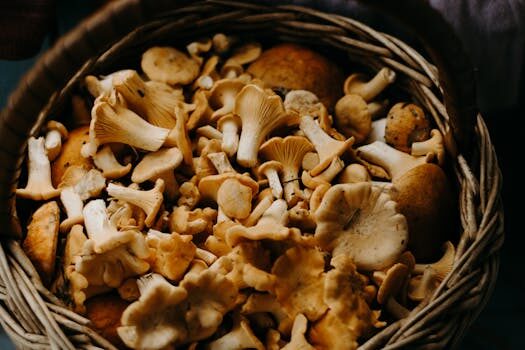
During this process, it’s crucial to maintain optimal conditions to support each stage. Contamination prevention in mushroom cultivation is especially important because any disruption in the life cycle can lead to a poor or failed harvest.
Being familiar with this cycle not only enhances your understanding of fungi but also improves your chances of cultivating mushrooms successfully.
 When to harvest radishes: simple tips for picking this root veg
When to harvest radishes: simple tips for picking this root vegHow to create the ideal indoor growing conditions for mushrooms?
Creating an ideal indoor environment for mushroom cultivation involves managing several key factors. Temperature should be maintained between 55-75°F, with a humidity level around 90%, and indirect light should be provided.
The growing area should be free from drafts and contaminants, which could hinder mushroom growth. Using a humidity tent or a makeshift grow chamber can help maintain these conditions. Additionally, ensure that your setup allows for fresh air exchange, which is necessary for mushroom fruiting.
By focusing on these environmental factors, you will provide an ideal setting that supports the easy tips for indoor mushroom growing you’ve learned.
What are the common mistakes when growing mushrooms at home?
Common mistakes include ignoring the importance of a sterile environment, which can lead to contamination, and improper moisture levels that either dry out the mycelium or create excess water that can drown it. Additionally, insufficient air exchange can lead to CO2 buildup, which inhibits mushroom fruiting.
Another mistake is the mismanagement of temperature. Mushrooms need consistent temperatures within their preferred range to thrive. Fluctuations can stress the mycelium and affect the quality of the fruiting bodies.
By being aware of these pitfalls, you can better adhere to the best practices for mushroom maintenance and increase your chances of a successful yield.
How to harvest mushrooms for the best flavor?
Harvesting mushrooms at the right time is key to achieving the best flavor and texture. Generally, mushrooms should be harvested right before the veil underneath the cap breaks. This is when they are at peak flavor and have not yet started to release their spores.
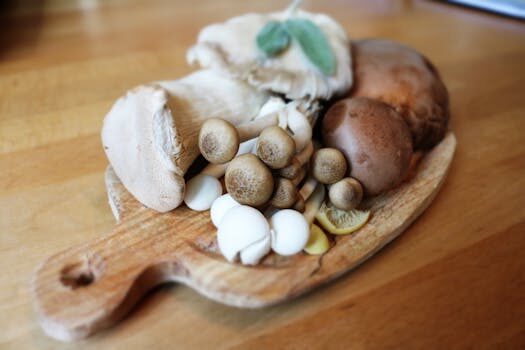
- Use a sharp knife or twist the mushroom gently at the base to avoid damaging the mycelium.
- Handle your mushrooms delicately to prevent bruising.
- Harvest regularly to encourage further fruiting.
Following these recommendations will ensure that your harvest is not only abundant but also of the best quality mushroom in terms of flavor.
What are the health benefits of cultivating mushrooms?
Mushrooms offer a myriad of health benefits. They are low in calories and high in protein, fiber, vitamins, and minerals. Additionally, they contain antioxidants and compounds that can support the immune system.
Some varieties like Shiitake and Lion’s Mane have medicinal properties, offering benefits such as improved heart health and cognitive function. Cultivating your own ensures that you have access to fresh mushrooms, which are often more potent than their store-bought counterparts.
By engaging in mushroom cultivation, you’re not only exploring a fascinating hobby but also investing in your nutritional benefits of mushrooms.
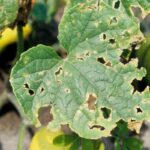 Cucumber diseases and pests: 5 common issues and how to resolve them
Cucumber diseases and pests: 5 common issues and how to resolve themFrequently Asked Questions on Mushroom Cultivation
What is the most profitable mushroom to grow at home?
Among the most profitable mushrooms to grow are Oyster and Shiitake, due to their popularity and relatively easy cultivation process. They have a high market demand and can yield a significant return on investment when grown correctly.
However, the profitability also depends on your local market and the unique growing conditions you can provide. Researching and understanding your market can guide you to the most profitable options for your situation.
Do coffee grounds help mushrooms grow?
Yes, coffee grounds can be an excellent substrate for mushrooms as they are rich in nitrogen, which mushrooms need to grow. They are often used in conjunction with other materials like straw or wood chips to provide a balanced medium.
It’s important to note that coffee grounds need to be used fresh or pasteurized to prevent contamination. Many home growers find success using coffee grounds for growing species like Oyster mushrooms.
How to grow the best quality mushroom?
To grow the best quality mushrooms, it’s essential to maintain a clean growing environment, provide the right substrate, and manage temperature and humidity carefully. Harvesting at the proper time, just as the veil stretches, also ensures top quality.
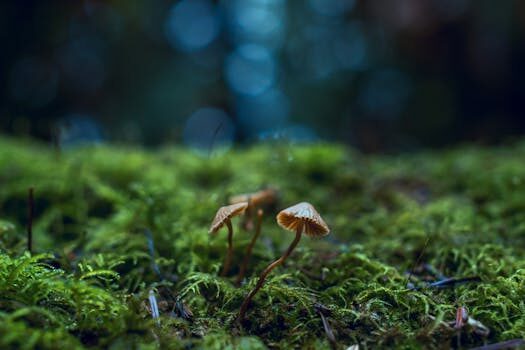
Regularly monitoring and adjusting your growing conditions to mimic the mushrooms’ natural habitat can lead to a superior harvest.
Can I make money growing gourmet mushrooms?
Yes, there is potential to make money growing gourmet mushrooms, especially if you specialize in varieties that are in high demand and can be sold at a premium, such as Oyster or Shiitake mushrooms. However, it requires dedication to learning the craft, maintaining high-quality standards, and understanding the market.
Starting small and scaling up as you gain experience and establish your brand can be a successful approach to turning a mushroom-growing hobby into a profitable venture.
For a visual guide to mushroom cultivation, check out this informative video:
In conclusion, how to grow mushrooms: our expert guide to making fabulous fungi is a comprehensive approach to home mushroom cultivation. Following the steps outlined, while avoiding common mistakes, and armed with the knowledge of the right conditions and varieties, you can embark on a rewarding journey of growing mushrooms at home. With patience and care, your efforts will flourish into a bountiful harvest of delicious, healthy fungi.
 How to get rid of flea beetles: top tips for deterring these pests
How to get rid of flea beetles: top tips for deterring these pests
